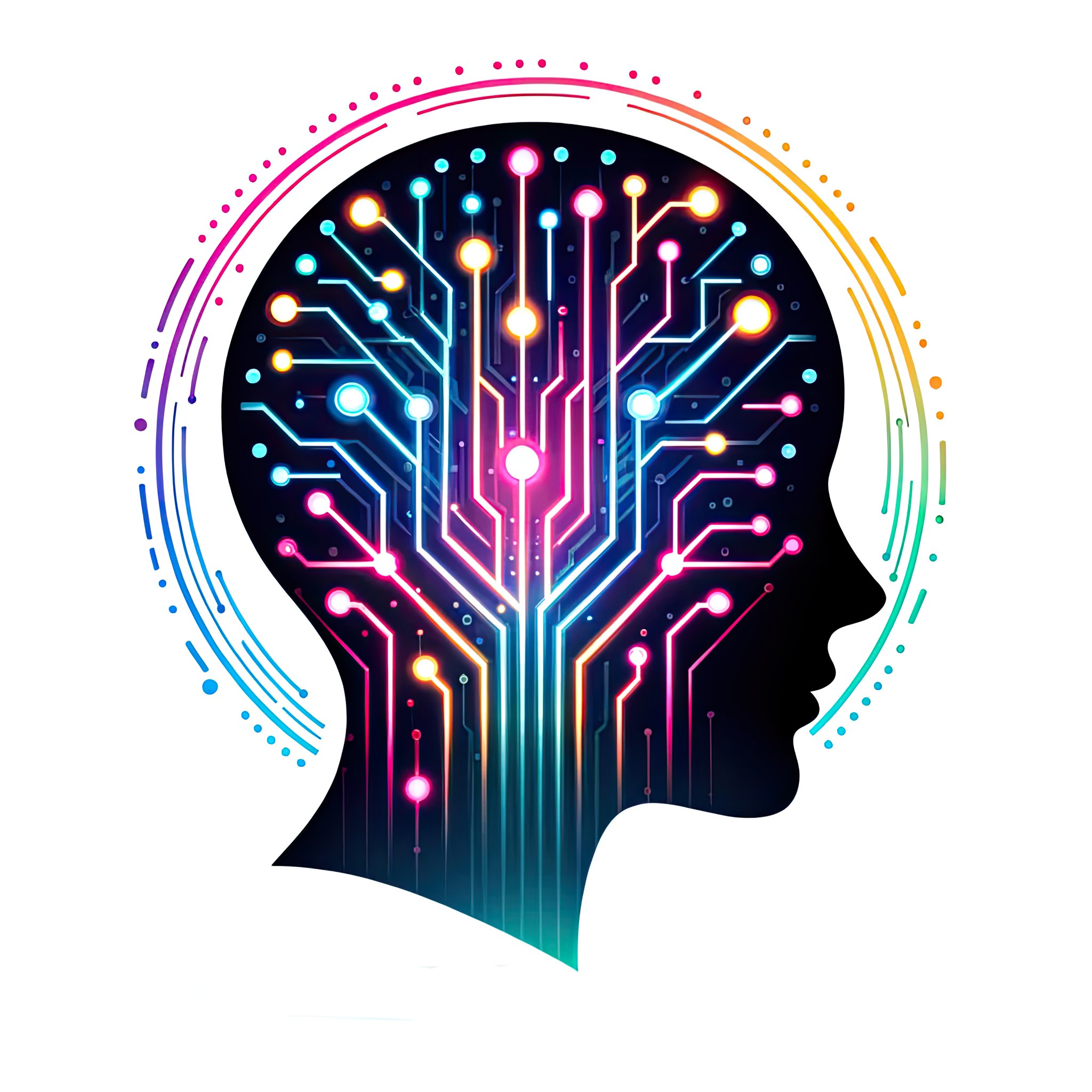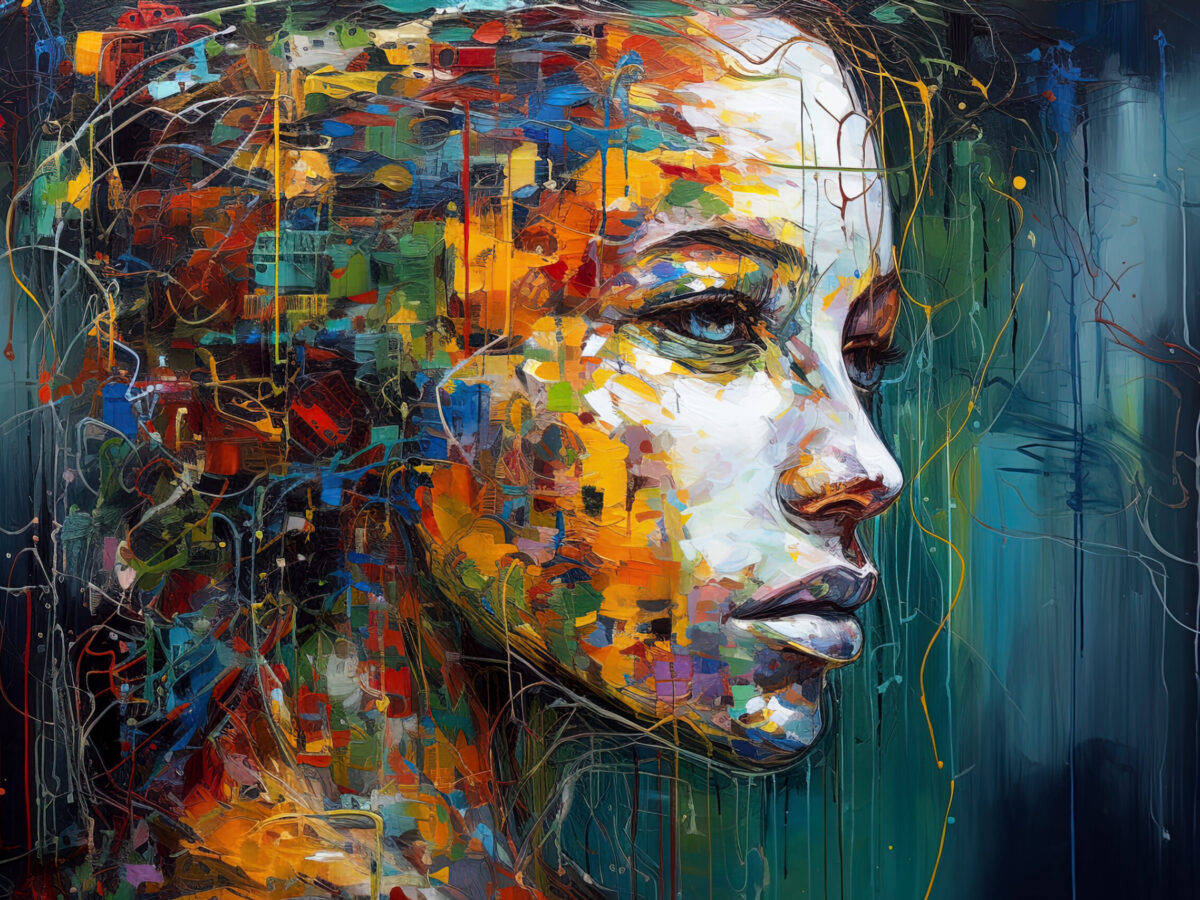The graphic design profession ranks among the most creative and dynamic fields within the realm of communication. Graphic designers are responsible for crafting visual content across various media, such as brochures, websites, logos, advertisements, and packaging. To excel in their roles, they must possess a keen eye for aesthetics, proficiency in design software, and a deep understanding of their target audience and the message they aim to convey.
However, the landscape of the graphic design industry is far from static. It continuously evolves and adapts to new technologies and trends. One of the most significant changes shaping the future of graphic design is the emergence of artificial intelligence (AI).
AI encompasses a suite of technologies that enable machines to perform tasks typically requiring human intelligence. These technologies, including algorithms and machine learning, can be applied to various aspects of graphic design, such as image editing, classification, color manipulation, and font design.
Furthermore, AI has the potential to assist graphic designers in more intricate and innovative ways. For example, AI can generate logos, videos, banners, mockups, and even entire branding campaigns based on specific data sets and user preferences. Additionally, AI can analyze customer behavior and feedback, allowing for optimized design solutions and increased engagement.
The benefits of incorporating AI into graphic design are numerous. AI can save time, money, and resources by automating repetitive and mundane tasks. It can also enhance creativity by providing fresh ideas, inspiration, and feedback. Moreover, AI can improve a project’s overall quality by ensuring consistency, accuracy, and relevance.
Despite its advantages, AI also presents challenges and risks for graphic designers. One primary challenge is striking a balance between human input and machine assistance. Graphic designers must learn when to utilize AI as a tool and when to rely on their intuition and judgment. Additionally, they need to be aware of the ethical implications associated with AI, such as data privacy, bias, and accountability.
Another challenge is staying up-to-date with the rapid pace of change and innovation in AI. Graphic designers must continuously update their skills and knowledge to remain relevant and competitive in the market. They must also embrace new opportunities and possibilities that AI offers within their profession.
As a result, it is crucial for graphic designers to acknowledge the changes AI is introducing to their profession and be prepared to adapt their workflow accordingly. Graphic designers who view AI as a partner, rather than a competitor, can benefit from its advantages while avoiding its drawbacks. In contrast, those who ignore or resist AI risk falling behind and missing opportunities in a fast-paced and competitive market. To thrive in the future, graphic designers must learn to harness AI effectively and responsibly while preserving their human touch and creativity. This unique fusion of human intuition and AI-driven efficiency can lead to unparalleled innovation and success in the graphic design industry.
All images and all text in this blog were created by artificial intelligences

